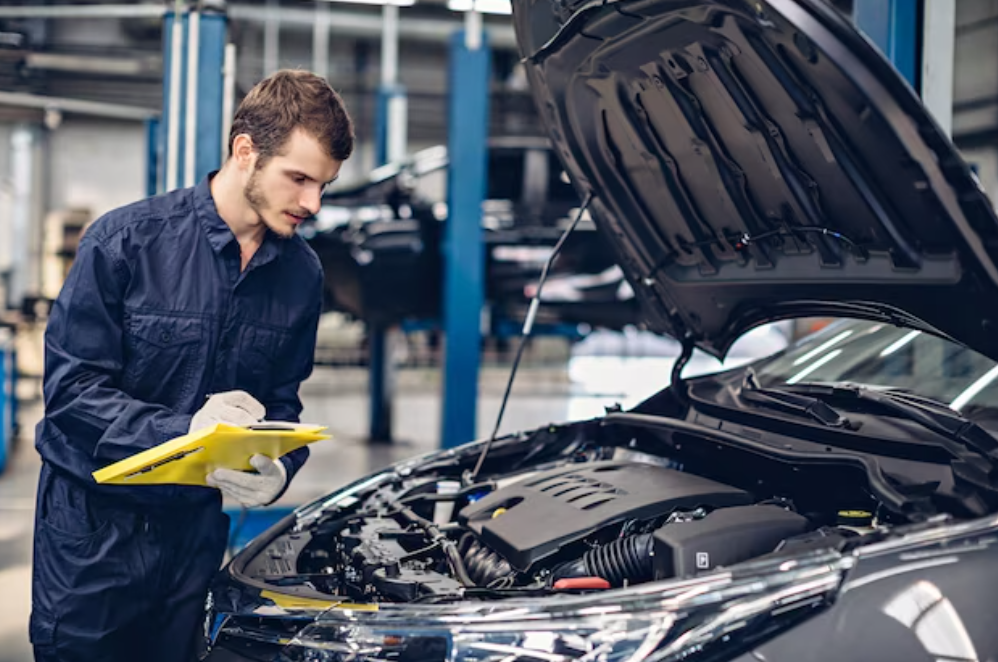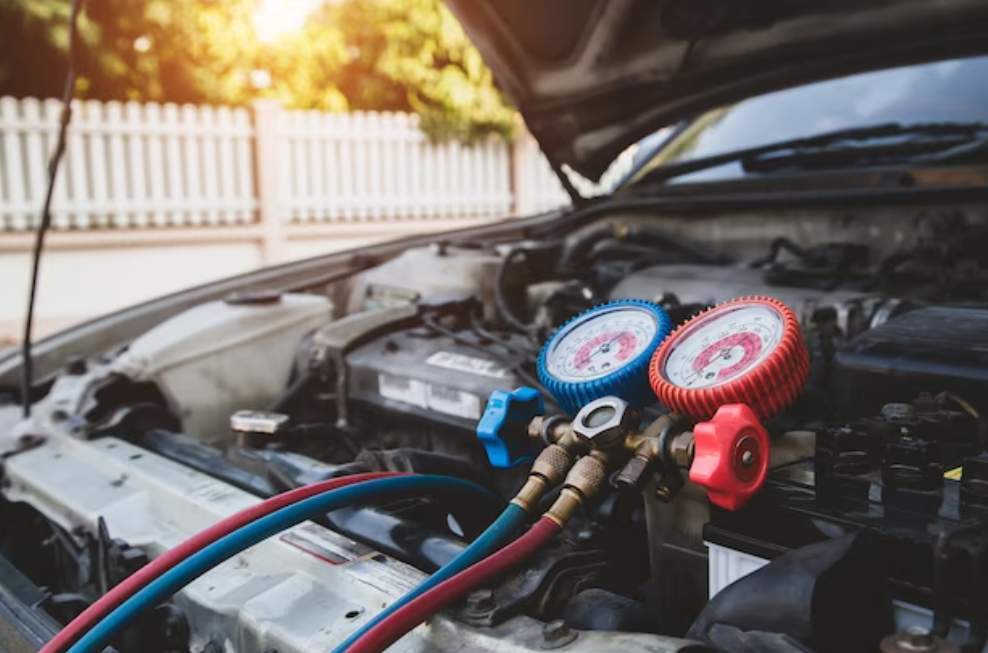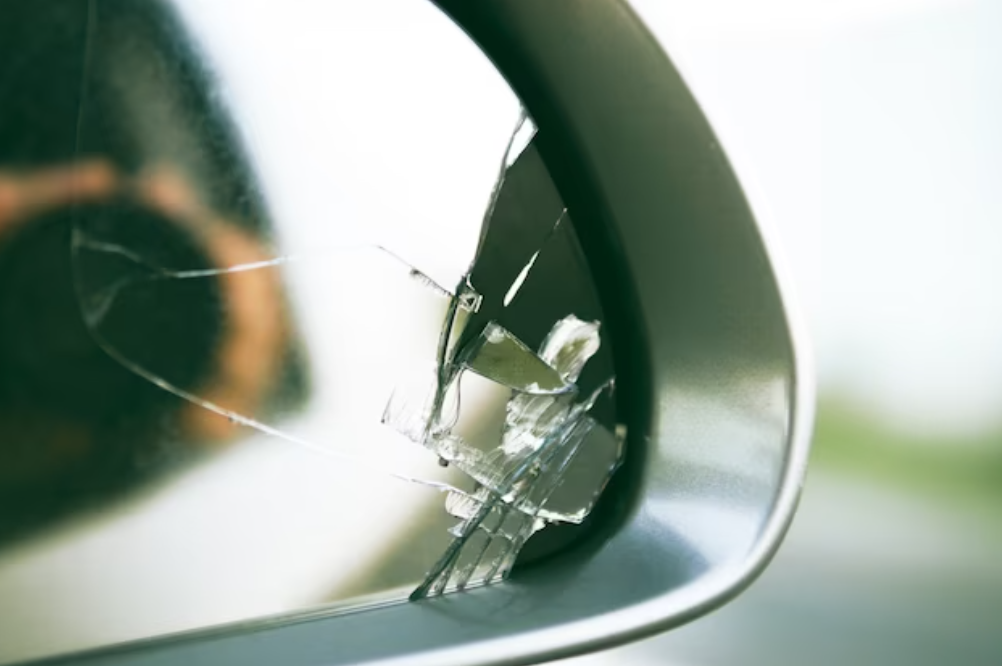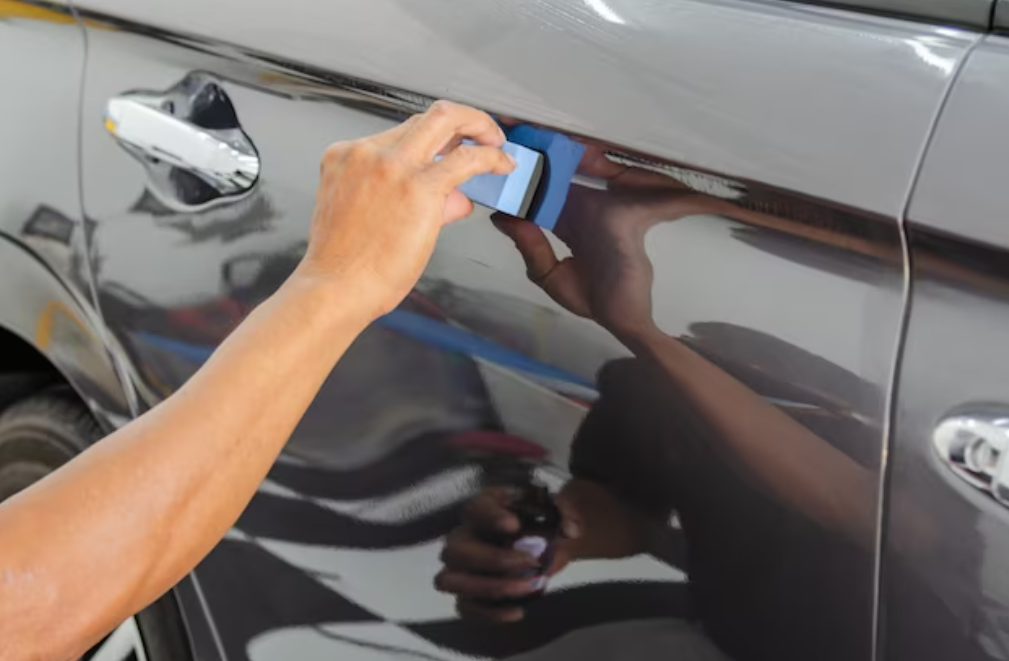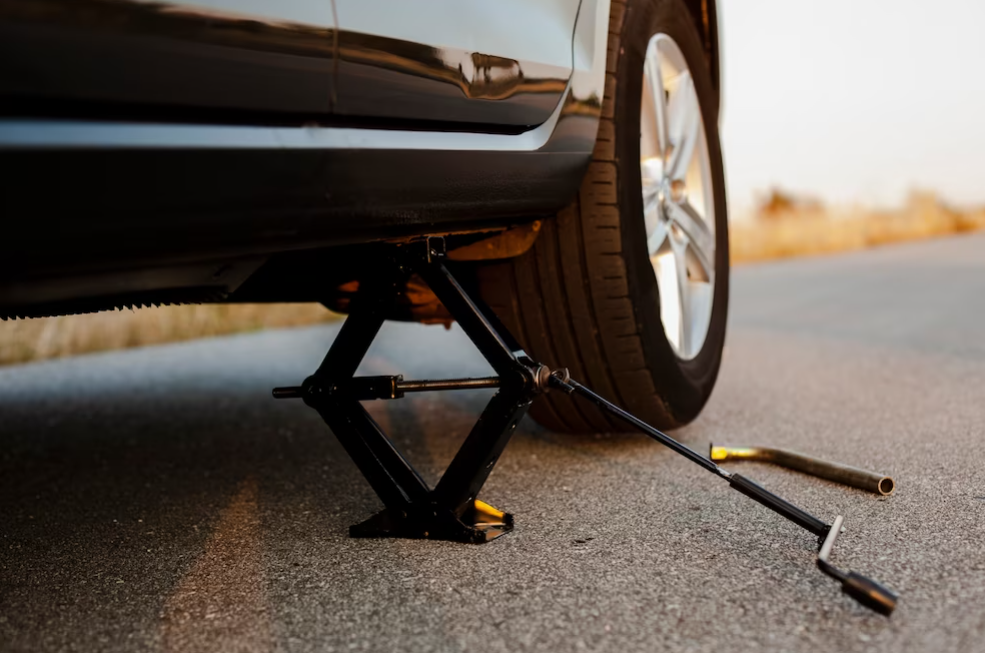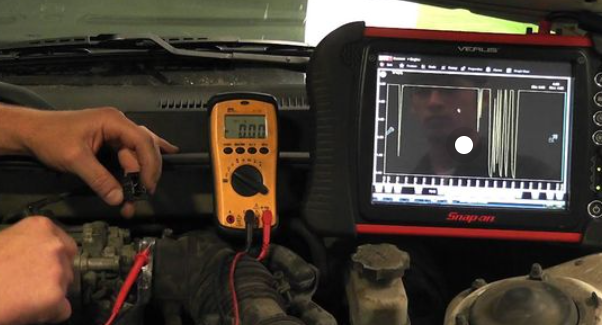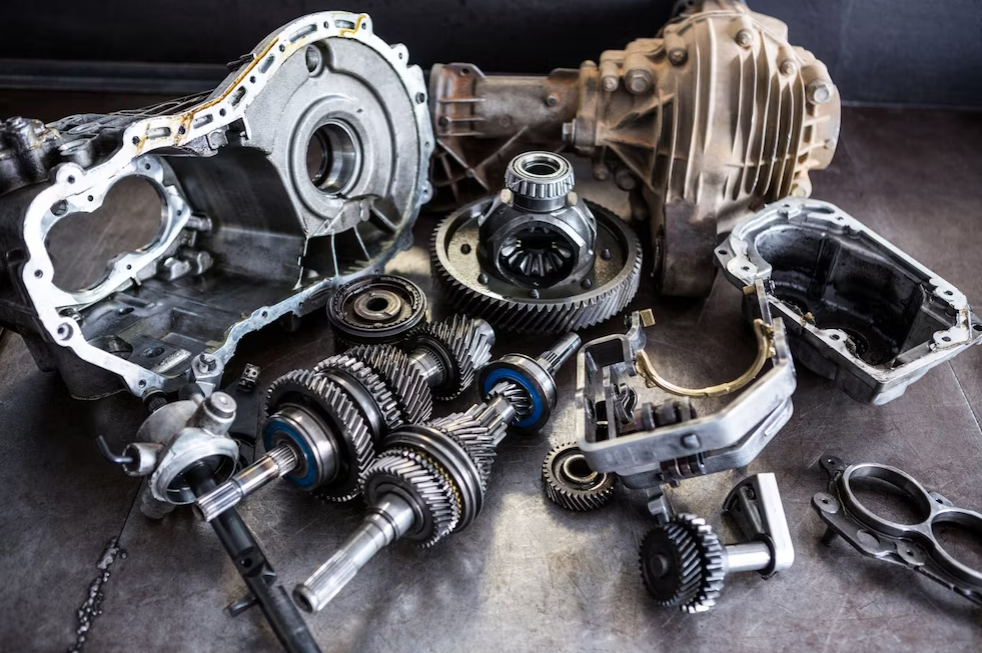How To Replace Car Radiator?
The radiator, a vital component of your car's cooling system, plays a crucial role in maintaining optimal engine temperature and preventing overheating. Over time, radiators may wear out or develop issues due to factors like age, corrosion, or damage. Knowing how to replace a radiator is not only empowering but also essential for ensuring the longevity and performance of your car.
In this guide, we'll explore the step-by-step process of replacing a radiator, equipping you with the knowledge and confidence to undertake this task efficiently.
.jpeg)
When To Replace A Car Radiator?
The decision to replace your radiator may be warranted under several circumstances:
- 1. Diminished Heat Output: If your radiator fails to heat up as effectively as before, indicating a decline in its ability to regulate engine temperature, replacement may be necessary.
- 2. Excessive Noise: Unusual or heightened noise emanating from the radiator could signify underlying issues such as internal damage or blockages, prompting consideration for replacement.
- 3. Visible Rust: The presence of visible rust on the radiator's surface may indicate corrosion and compromise its structural integrity, necessitating replacement to maintain optimal performance and prevent leaks.
- 4. Reduced Efficiency: A decline in the radiator's efficiency, evidenced by inefficient cooling performance or frequent overheating episodes, suggests underlying issues that may require replacement to restore functionality and prevent potential engine damage.
Monitoring these signs and promptly addressing any concerns can help ensure the continued reliability and performance of your vehicle's cooling system.
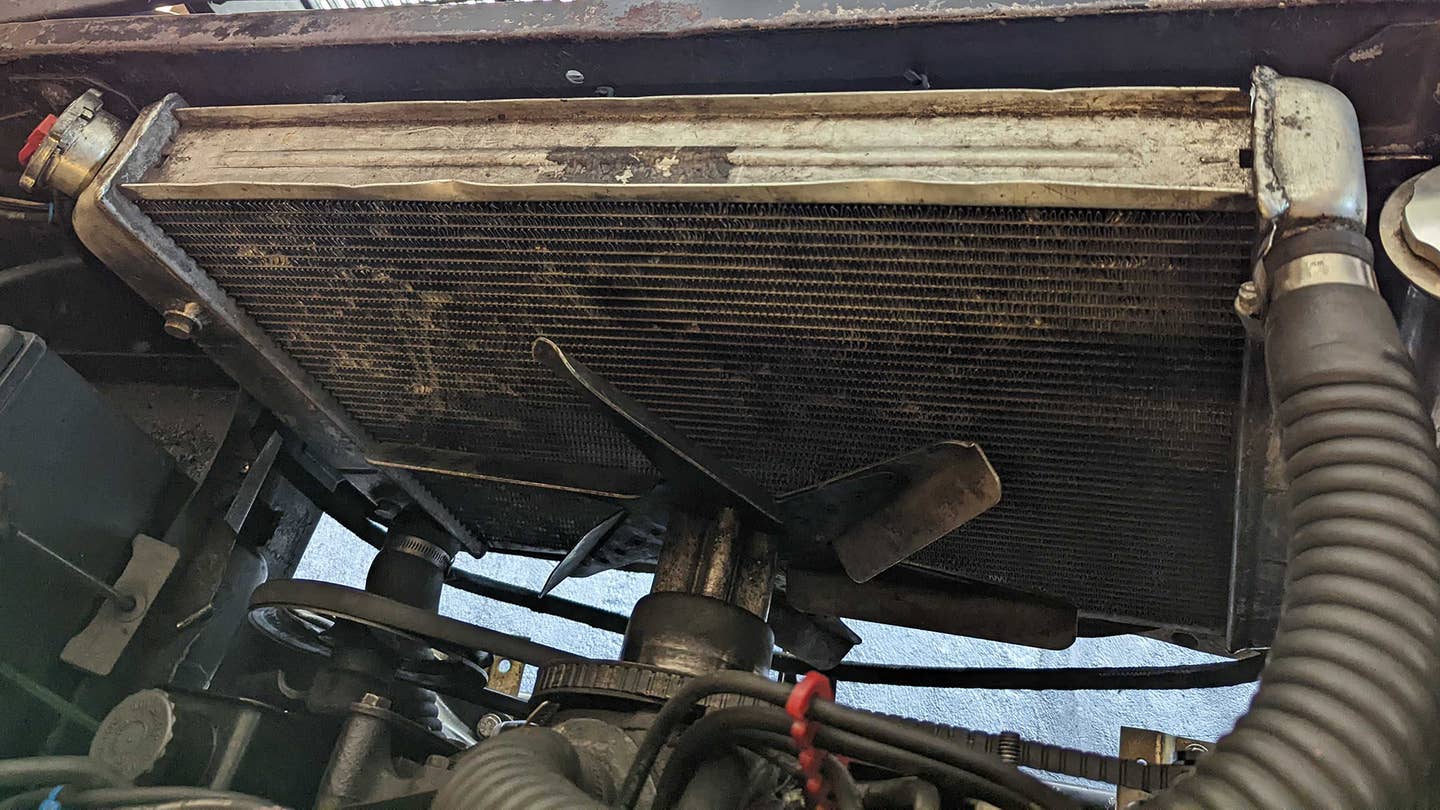
Shopping for a radiator replacement for a car can become overwhelming because of the many options available. To help you choose the right fit for your car, here are some factors you should consider:
Application
Don’t forget to check your car’s specifications before buying a new radiator for your ride. Getting a replacement designed for your vehicle’s year, make, and model guarantees a perfect fit and hassle-free installation.
Quality
Choose a brand you trust when looking for a new radiator for your ride. A radiator is crucial to the functionality and overall operation of your vehicle, so the replacement should be durable and made of high-grade materials.
Finding the perfect replacement radiator for your vehicle should be easy as long as you follow the tips listed above and look through credible product reviews. Remember to check your vehicle specifications or consult your trusted mechanic.

The tools required for this task are quite basic. Since we can't be certain about the contents of your toolbox, we'll provide a comprehensive list to cover your needs, just to be safe.
Tool Checklist
- Pliers
- Ratchet and socket set
- Screwdriver set (hose clamp pliers are useful but not mandatory)
- Jack stands
- Optional: Hose Pick Set
- Drain pan
- Hydraulic floor jack
Parts Checklist
- Radiator
- Radiator cap
- Coolant (appropriate type for your vehicle)
- Hose clamps
- Thermostat
Gathering all the necessary tools and parts before commencing the project will save you valuable time and minimize frustration. Ensuring that the task can be completed in a single session will make the process much smoother.
Swapping out radiators follows a similar process across most vehicles, although the attachment methods may vary slightly. Let's outline the general steps.
1. Find the coolant drain or peecock and drain the coolant.
Beginning with draining the coolant allows for a complete evacuation of the system before proceeding further. While most cars feature a drain plug located at the bottom of the radiator, some may not. In such cases, it's advisable to remove the lower radiator hose, despite the mess it may cause, as it's the most effective way to drain the system. After draining is complete, detach the primary upper and lower coolant hoses linked to the radiator. If there are transmission fluid lines, disconnect them at this stage, being careful not to drain the fluid.
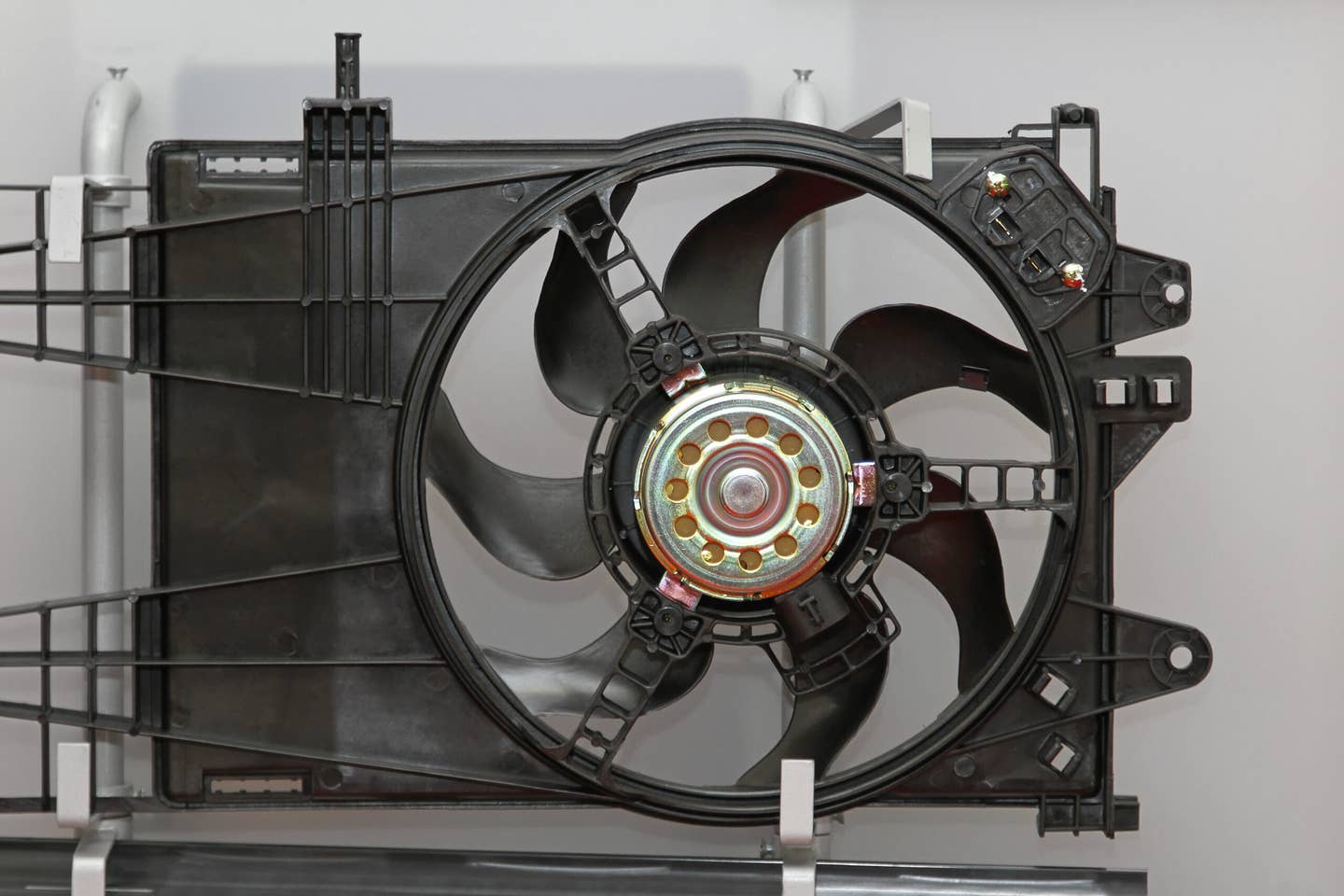
2. Remove the radiator fan and fan shroud.
Typically positioned at the very front of the car, except for certain exotic models, the radiator is usually accompanied by a fan attached to a plastic shroud or by a combination of a plastic shroud and a fan affixed to the engine. The radiator itself is recognizable as a grid with thin fins. Detach the plastic shroud and fan to gain access to the radiator. They are commonly secured with bolts either at the top or back of the radiator, though this may vary depending on the vehicle.
3. Take out the radiator.
Extracting the radiator follows a process similar to removing the shroud. In some cars, the radiator is secured by two bolted brackets at the top, making for easy removal. Others may require the removal of four bolts and the angling out of the radiator. Ensure to take note of any accompanying components, like rubber mounts or bushings.
4. Check and replace the thermostat.
While the radiator is out, it's a good opportunity to refresh the cooling system. Installing a new thermostat helps prevent potential overheating issues and addresses another potential point of failure. The thermostat is typically situated at the inner end of a coolant hose within a bulbous housing. Most vehicles use a rubber gasket, although some may require sealant. It's important to research beforehand, as some cars have more complex thermostat replacements.
5. Reinstall the radiator and fan shroud.
Reinstalling the radiator follows the reverse order of removal. Take extra care not to damage the delicate radiator fins, and ensure proper alignment in its mounts or bolt holes to prevent fitment issues later on. Once securely in place, reattach the fan and shroud in the opposite order.
6. Reconnect coolant hoses, refill, and bleed.
After all components are back in place, reconnect and secure all coolant hoses, ensuring the clamps are straight and tight. Refill the cooling system through the radiator cap or coolant reservoir until no more coolant can be added. Bleeding the system is crucial and is usually straightforward, but a detailed guide can ensure proper bleeding. Once complete, the car is ready to be driven.
Is it possible to replace a radiator without emptying the system?
No, it's not feasible. The system needs to be drained to perform the replacement.
What's the typical lifespan of radiators?
Radiators typically endure for quite a while. Their longevity depends on factors like age, usage, and upkeep, but they generally last a minimum of 10 years, if not longer.
Will installing a new radiator improve my vehicle's performance?
Not necessarily. If the vehicle was experiencing overheating issues and entering limp mode, then yes, a new radiator could help. However, if the car is otherwise functioning properly, a new radiator won't enhance its performance.
In conclusion, replacing a car radiator is a manageable task with the right knowledge and preparation. By familiarizing yourself with the steps involved and ensuring you have the necessary tools and replacement parts, you can tackle this job confidently. Remember to prioritize safety, take your time, and consult resources or seek professional assistance if needed. With proper care and maintenance, your car's cooling system will continue to perform reliably for miles to come.
Click on the following link to read another blog post: How To Change Engine Mounts?


